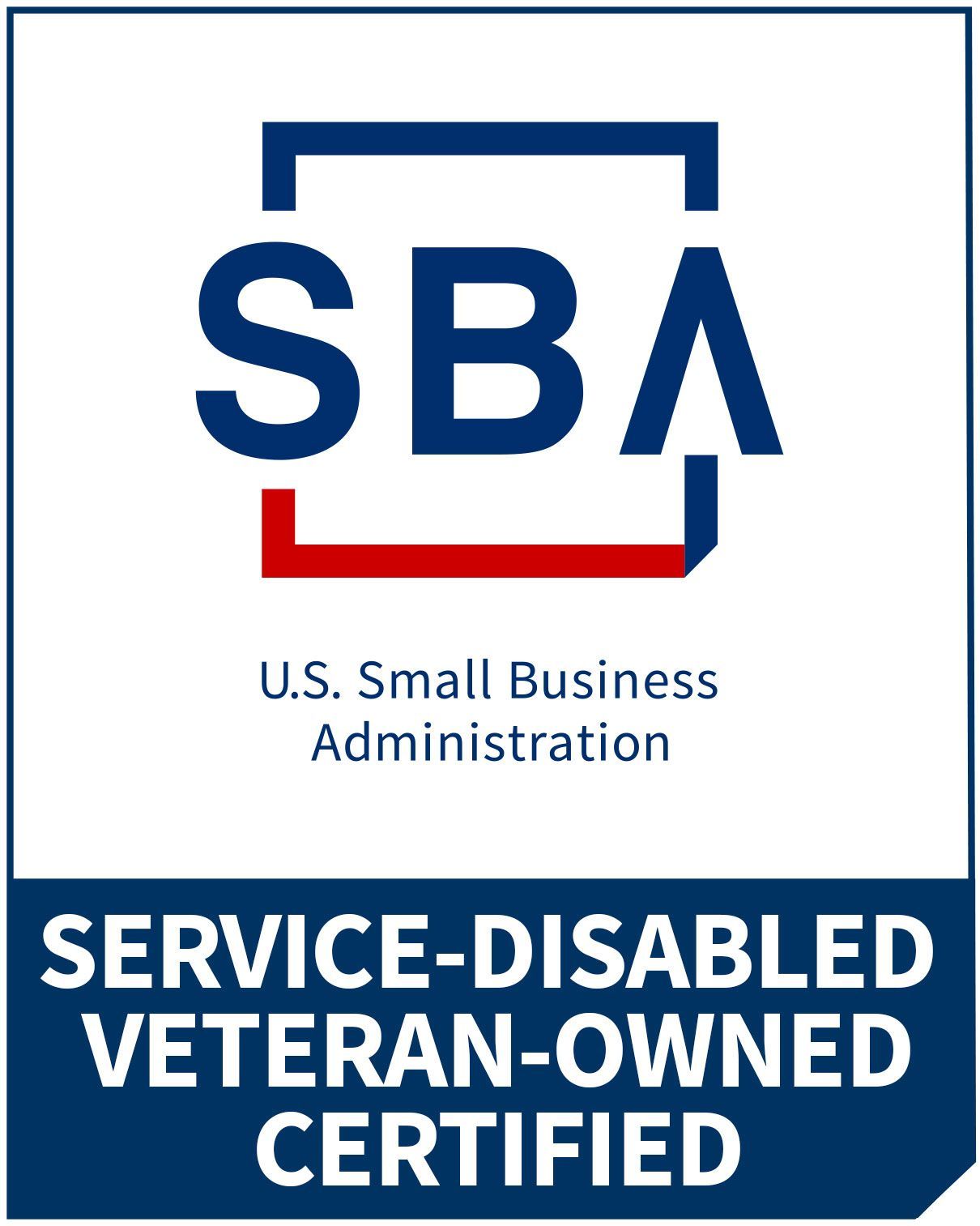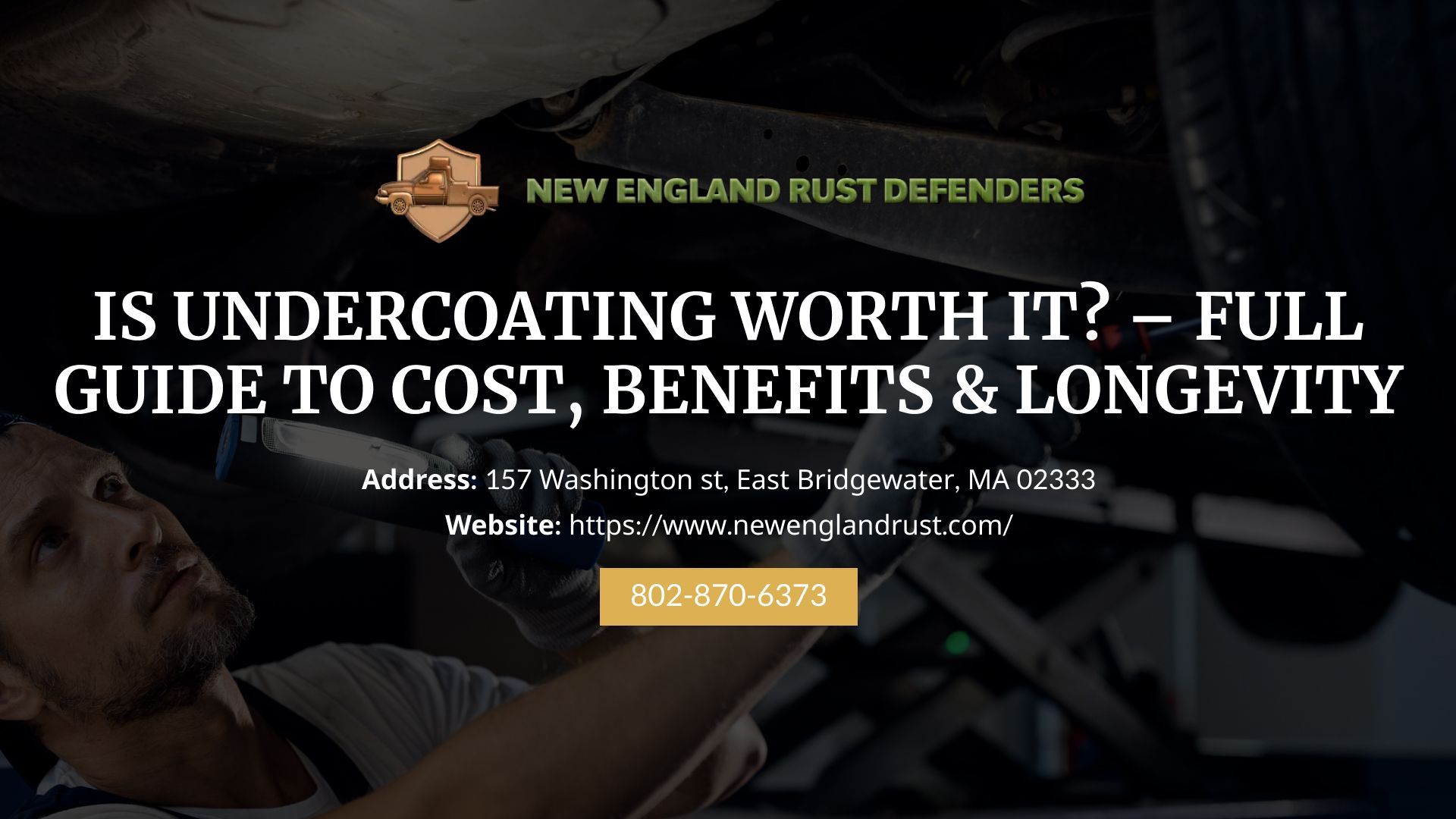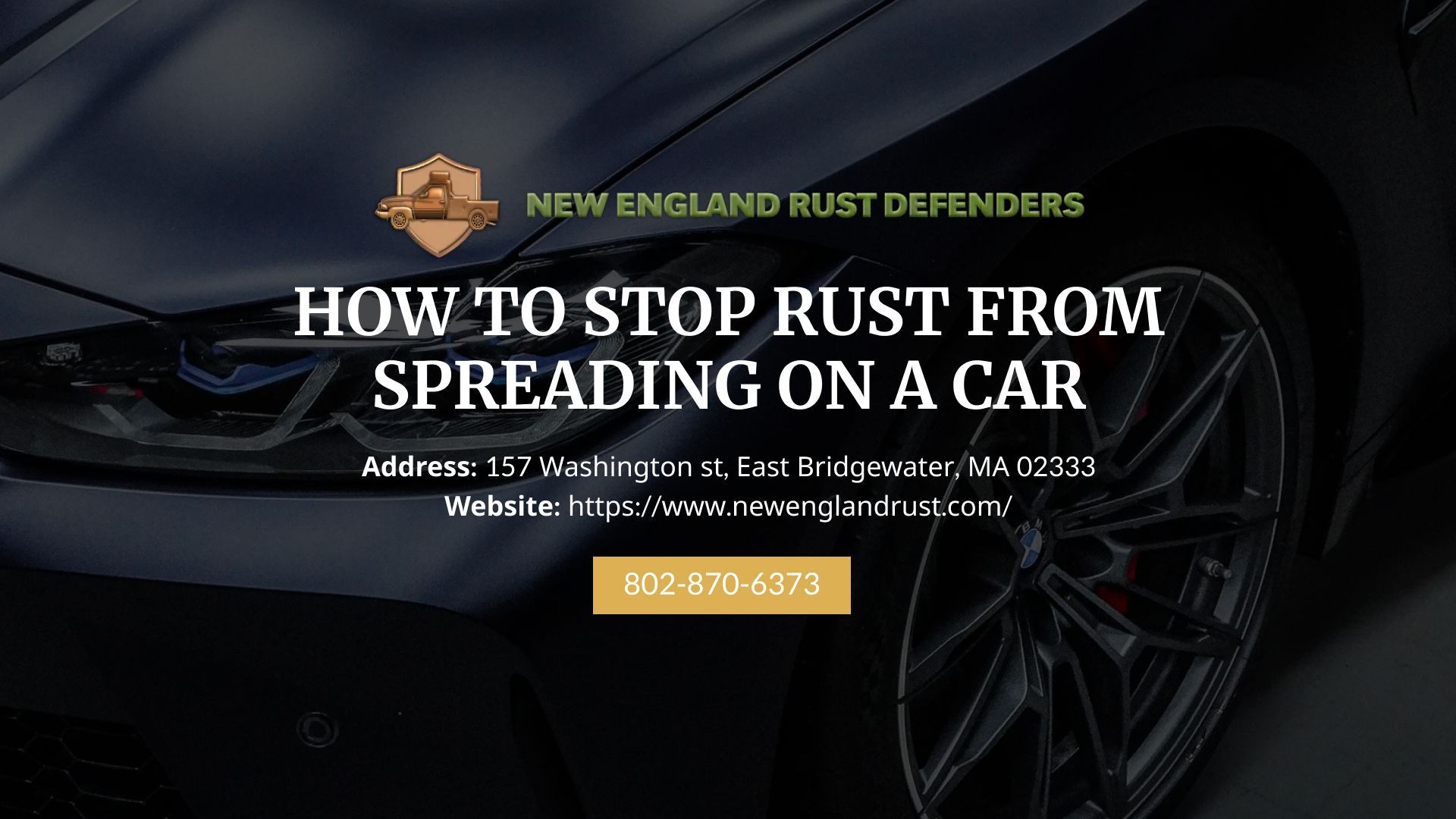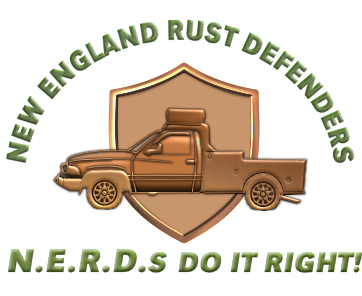What Causes Rust On A Car?
Rust damages both the appearance and structural integrity of a vehicle. Corrosion often begins in small areas but spreads rapidly when left unattended. This guide explains
what causes rust on a car, how rust forms, and the best ways to prevent corrosion.
Key Takeaways
- Rust forms when metal reacts with oxygen and moisture, creating iron oxide that corrodes vehicle surfaces.
- Environmental exposure, water, salt, and painting damage hasten oxidation and propagate corrosion beneath paints.
- Early rust appears as scaling or surface staining, while late frame rust requires a professional restorative job.
- Preventive action of regular washing, rustproofing, and ceramic coating guards against corrosion by moisture and road salts.
- DIY rust repair kits fix small patches, but deep frame corrosion needs expert Rustoration service for lasting protection.
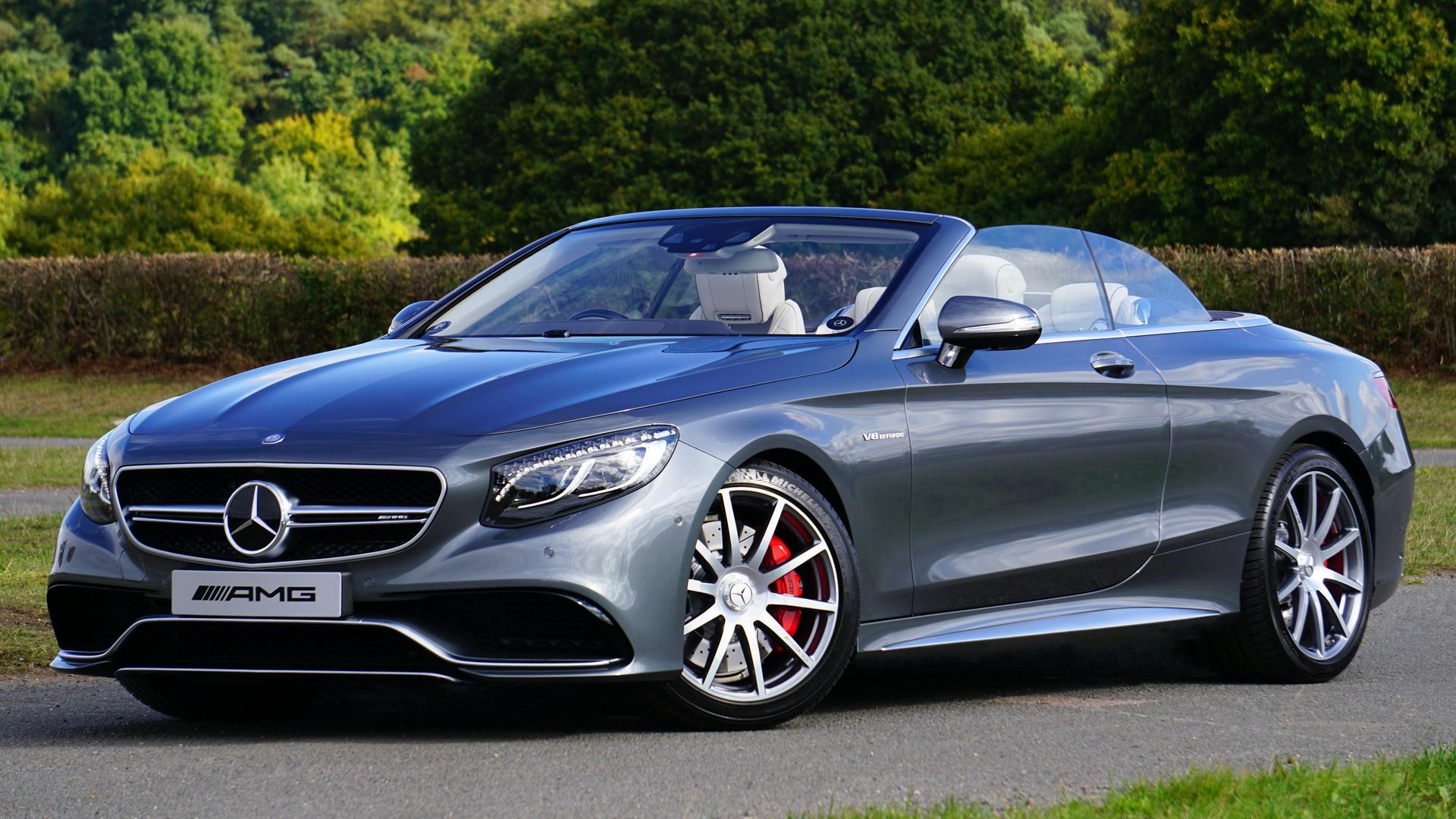
What Causes Rust On A Car?
Rust begins when metal reacts with oxygen and moisture, forming iron oxide that eats through the surface. Cars exposed to water, salt, or paint chips are most at risk. Environmental exposure and poor maintenance accelerate corrosion.
How Do Cars Get Rust?
The oxidation process starts when iron, oxygen, and water molecules combine. This chemical reaction breaks down the metal surface, forming corrosion that grows under paint layers and along seams.
Exposure To Moisture
Moisture from rain, snow, or humidity speeds up oxidation. Bare steel reacts quickly when left wet. Parking indoors and drying the undercarriage helps prevent water buildup.
Road Salt And Chemicals
Road salt and de-icing agents trap moisture under the chassis. This mix corrodes steel, brake lines, and frames faster during winter. Washing your vehicle often helps remove salt residue before it causes long-term damage.
Paint Damage And Scratches
When paint or clear coat gets chipped, the metal substrate becomes exposed to air and moisture. This creates the perfect site for rust formation beneath the surface. Repairing scratches early can stop oxidation from spreading.
Poor Drainage And Trapped Water
Clogged drain holes, door seals, or sunroof channels let water collect inside panels. Over time, trapped moisture creates hidden corrosion pockets. Regular inspection and cleaning prevent this issue.
Climate And Location
Coastal climates expose vehicles to salty air, increasing oxidation rates. In contrast, dry inland regions see slower corrosion. However, snow, humidity, and acid rain can also create rust in northern states.
How To Identify Rust On Your Car
Spotting rust early helps avoid costly damage. Look for these visible stages of automotive corrosion:
- Surface Rust: Small orange spots or discoloration on paint or trim. Easy to remove with polish or compound.
- Scale Rust: Flaking and pitting appear when oxidation thickens. These areas need sanding and repainting.
- Rust Holes Or Perforation: Severe corrosion eats through metal panels, requiring patching or replacement.
How To Stop Rust On A Car
Once rust appears, act quickly to stop the spread. Learn practical fixes in our full guide on how to fix vehicle rust.
Clean The Affected Area
Wash the rusted surface with soap and water. Remove salt, grime, and debris that accelerate corrosion. Dry completely before applying any treatment.
Use Rust Converter Or Neutralizer
Apply rust converter to transform iron oxide into a stable primer-ready surface. This chemical reaction seals active corrosion and prevents further oxidation.
Prime And Paint Over Treated Area
Coat the area with automotive primer and paint to block oxygen and moisture. Proper sealing stops corrosion from reappearing.
Apply Wax Or Ceramic Coating
Use carnauba wax or ceramic coating as a protective barrier. These hydrophobic layers repel water, salt, and contaminants, preventing rust formation on exposed areas.
Rust Prevention Strategies
Preventing car rust takes consistent maintenance and protection habits. These steps help reduce exposure and extend your car’s life.
Regular Washing And Drying
Rinse your car often, especially after winter drives. Remove salt deposits and dry completely to keep moisture from lingering under the undercarriage.
Inspect Paint And Undercarriage
Look for paint chips, scratches, and rust patches under the vehicle frame. Regular inspection ensures quick fixes before oxidation spreads.
Use Rustproofing Or Undercoating
Apply oil-based or rubberized coatings to shield the undercarriage. These rustproofing treatments block salt, gravel, and water from reaching bare metal.
Park Indoors Or Under Shelter
Keeping your car indoors limits humidity and rain exposure. Covered parking helps prevent oxidation during overnight condensation.
DIY Vs Professional Rust Repair
Repairing car rust ranges from small DIY jobs to complete structural restoration. The choice depends on the corrosion level and the tools available. For cost details, see our full car rust repair cost guide.
| Type of Repair | Cost Range | Time | Effectiveness | Recommended For |
|---|---|---|---|---|
| DIY Rust Kit | $40–$100 | 2–6 hours | Moderate | Light surface rust |
| DIY Sanding & Paint | $100–$300 | 1–2 days | Fair | Bubbling rust or minor panel damage |
| Professional Spot Repair | $200–$600 | 1 day | High | Localized body rust |
| Full Rustoration Service | $1,000–$2,000+ | 2–5 days | Excellent | Frame corrosion or severe oxidation |
| Undercoating Package | $500–$1,200 | 1–2 days | Long-Term | Preventive anti-corrosion protection |
Conclusion: DIY fixes can handle light surface rust, but deep frame corrosion needs professional attention to restore safety and value. Consistent cleaning, protective coatings, and timely repairs are the best ways to prevent future oxidation.
Book Rust Prevention Services Today!
Don’t wait until rust spreads. New England Rust Defenders offers expert Rustoration service in East Bridgewater, MA, along with professional undercoating and ceramic coating protection to stop corrosion before it worsens. Book your appointment now and preserve your car’s value for years to come.

